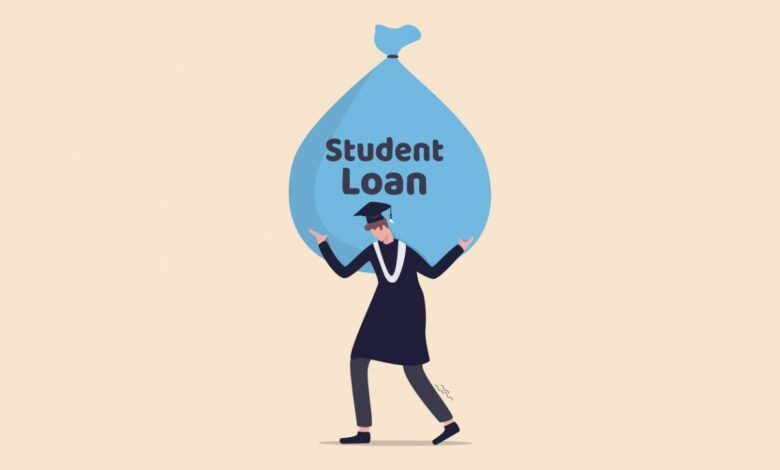Explanation of the Student Loan Debt Crisis



The student loan crisis has risen to astounding levels in the United States. According to official reports, 43 million Americans have an estimate of $1.5 trillion on their heads. And that is only in the form of federal student loans. The private student loans exist as well with a soaring $119 estimate.
Students who graduated in 2018 were carrying almost $29,200 of loans. The monetary burden brought by student loans is much harder to bear for some than others. So, what are the reasons behind this astronomical amount of debt and what will follow? We will take a look here at these facts and more.
What caused the student loan debt crisis?
There is more than one factor involved when we speak about the beginnings of the crisis. And the most prominent of those is an increase in the tuition fee.
In 2019-20, the estimated cost of tuition, room, and board was a total of $38,330 for a four-year public university. At private universities, the cost rises up to $49,870 for a four-year academic term. College savings plans do help students with the expenses of college but are used by only 21% people. 51% families would rather borrow money for college payments. This includes loans taken by both parents and students.
Loan forgiveness can also be considered a leading contributor for student loan taking. The federal program for Public Service Loan Forgiveness for graduates who form a career in public services. Students who are already stressed out from academic pressure are also burdened by financial problems. The educational issues can be solved by reliable services like assignment maker online. But for monetary issues, students have to reach out to student loan programs.
The expectation of being forgiven the loans urges students to lean more heavily towards loan. However, the program can be canceled or altered at any given time. Which makes it a risky venture to count on. The crisis is further compounded by borrowers failing to pay back the loan. By reports of 2019, 11.1% borrowers of student loan were delinquent on their payments. This means that a vast number of borrowers are straining under student debts.
Who is affected more by the crisis?
Loan can take a toll on students financially. It keeps them from following other money-related goals and affect their credit rating. And some people are affected to a great degree by the consequences of loan taking.
- Women
The female members of the society can be extremely burden by the pain of loan payment. An analysis done by American Association of University Women declared that almost two-thirds of student loan are taken by women. The amount totals around $929 billion.
Women are more into getting a college degree than men. Which then leads to them borrowing more money in order to finance it. That is not in itself a big issue. The problem arises when they cannot repay those loans. The pay gap endured by women prevents them from progressing in their loan payment. Even those women who work on full time jobs are paid 82% less than men. A low-income level means less money to spend upon student loan debt.
The slower payoff makes it tougher for women to advance their lives finance wise. Such as in the matter of retirement savings. The 18th Annual Transamerica Retirement Survey showed that twice more men than women are confident about being able to comfortably retire. A median of $2,000 is the emergency savings for women while for men it is up to $8,000. The median for retirement for working men is an estimated $76,000. While the same for working women is $23,000.
- Minorities
The statistics released by National Center for Education confirm that 71% Black students take federal loans for college attendance. Black and Hispanic students are likely to graduate with higher amounts of debt in comparison to white students. And the same goes for the default on these loan payments. Hispanic and Black women in particular have the slowest rate of debt payment.
How the student loan crisis effects the economy
The consequences of student loan debt are more far reaching than individuals. It does have an impact at a wider range as well. For instance, the housing industry has recovered strongly from the financial crisis of 2008. But a delay in debt payment keeps many people from becoming homeowners. The supply and demand go out of balance because of this leading to lower house rates.
There is no solution in sight yet of the student loan crisis. The obvious step to control might be finding ways to bring down the cost of higher education. But the entire process is easier said than done. For more quality content about education or any other subject contact our buy assignment help service. We have experienced and professional teams to provide you the material you require.



